Proposed Concepts
We have broken the Petri dish filler into three phases: dish stacking, lid removal and filling. For each of these phases, we have two different designs our customer can choose from.
Preliminary Stacking
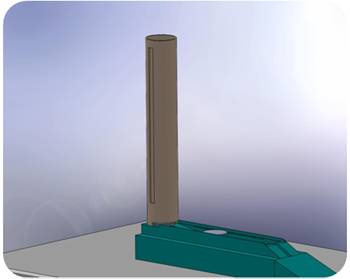
Single Stacking method
Above is our single stack method. Petri dishes are stacked inside the case. A conveyor belt with hooks will catch the bottom dish only. As the bottom dish is taken, dishes fall down.
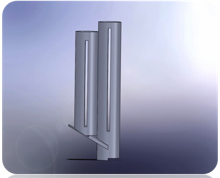
Double Stacking method
In the double stacking method, the dishes are pulled out in the same way as the single stack method. When the first stack is down to the final three dishes, the dishes in the second stack will begin to fill the first. This allows the device to take up half the vertical space the single stack takes up.
Lid Removal
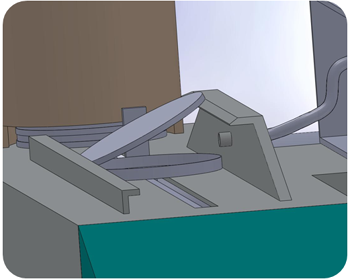
Slanted Lid Removal
The slanted lid removal places one end of the lid of the Petri dish on an edge that raises as the dish moves down the conveyor. This lifts the lid and allows for a space for a tube to fill the dish.
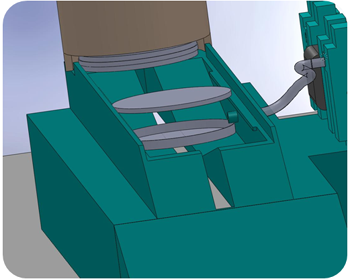
Drop-Down Lid Removal
The drop-down method keeps the lid on a track while the dish drops below the lid. While the dish is below the lid, it can be filled with the fluid.
Final Stacking
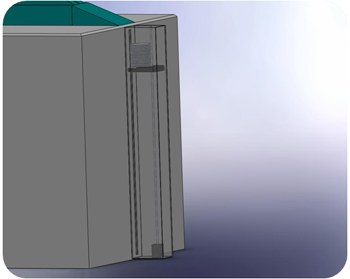
Single Stack
The single stack places each filled Petri dish on top of the previously filled ones. The platform slowly lowers as more dishes are filled. This process requires enough height for 100 dishes, approximately 1.5m or ~5 feet.
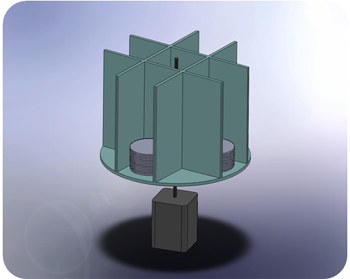
Rotating Stack
The rotating stack places dishes into four smaller stacks. As the stack rotates, it slowly moves down, allowing dishes to be placed on top of the previously filled ones. This method would only require about 1/4th the height as the single stack.
Possible Configurations
Because we have treated each phase seperately from the others, parts can be mixed to suit ACL's requirements. Below we have two possible configurations.

Single preliminary stack, slanted lid removal, gravity fed fluid and rotating stack

Single preliminary stack, drop-down lid removal, pump fed fluid and single stack

